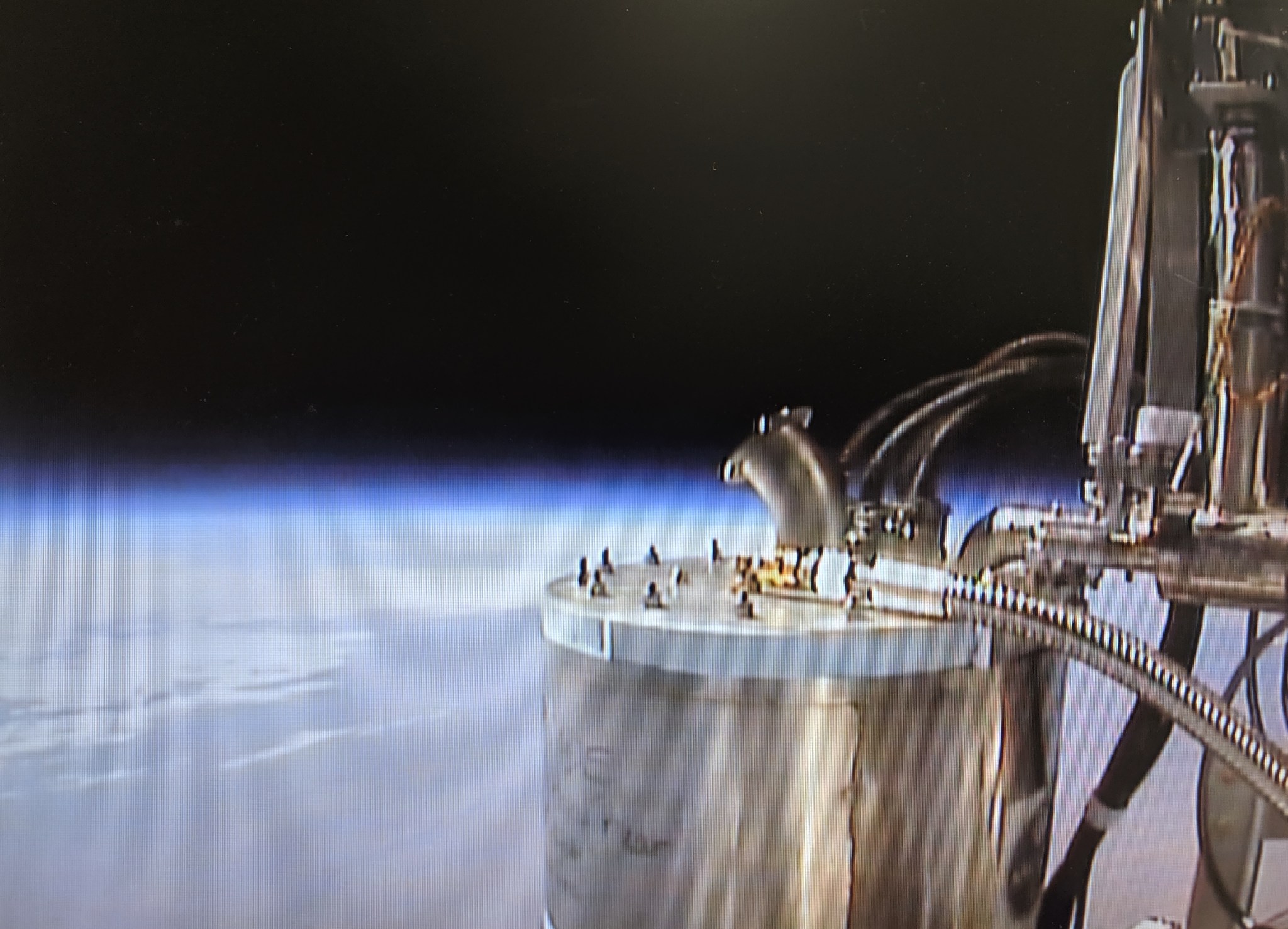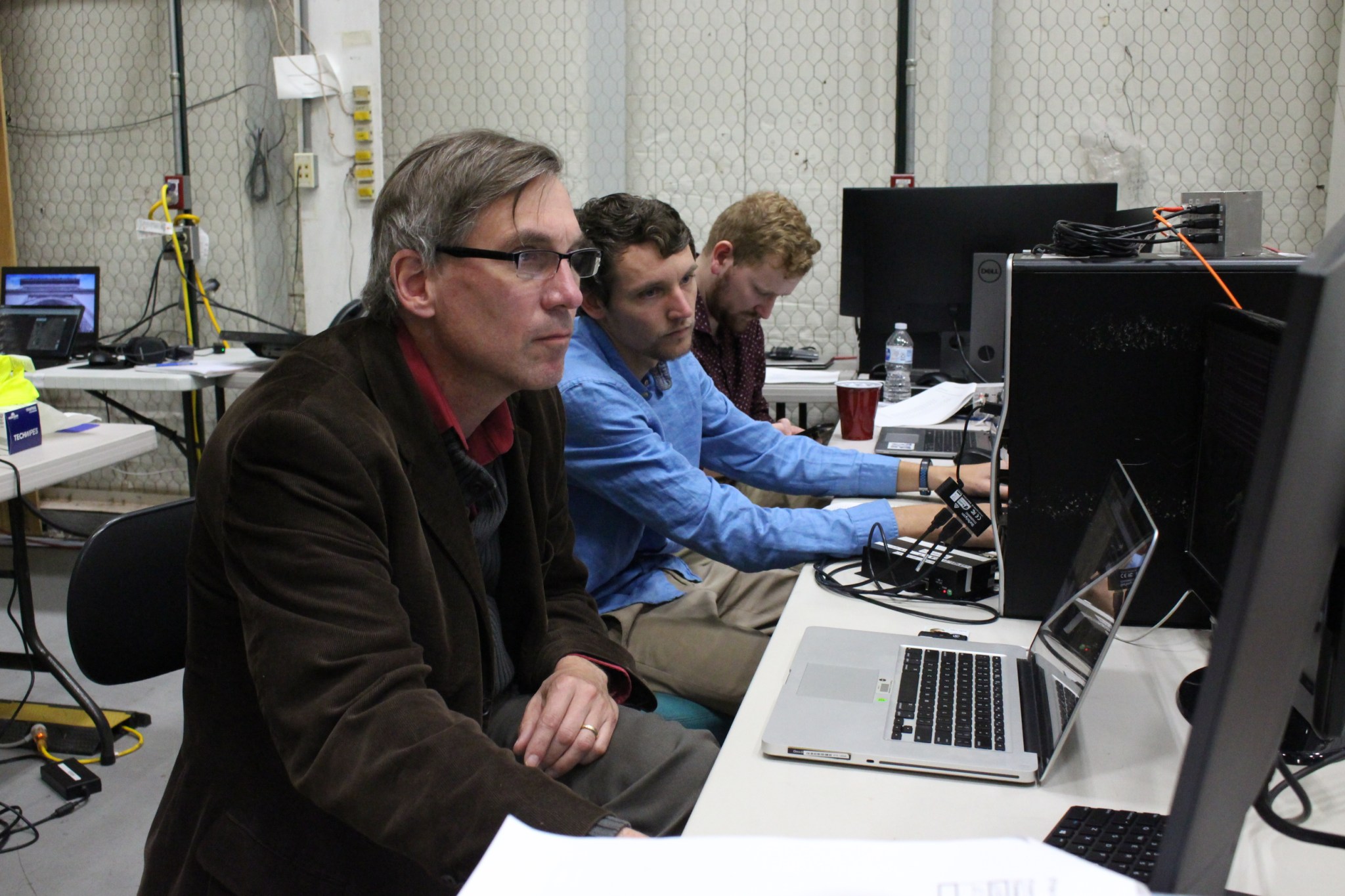NASA Scientist Al Kogut has found a way to do Hubble Space Telescope-class science from a relatively inexpensive scientific balloon and is well on the way to proving the concept.
If he succeeds, the technology he’s developing under the Balloon-borne Cryogenic Telescope Testbed (BOBCAT) effort could prove potentially revolutionary for cosmologists and other scientists who need to collect far-infrared light to observe the very distant universe and study the formation and evolution of the universe. At this wavelength, scientists can detect 98% of all photons emitted after the Big Bang.

“Of course, it’s best to go into space, but space observatories are expensive,” said Kogut, a scientist at NASA’s Goddard Space Flight Center in Greenbelt, Maryland. “With less-expensive balloons, you can go to the top of the atmosphere, which is nearly as good as what you would detect in space.”
With support from Goddard’s Internal Research and Development program, Kogut is developing ultra-lightweight dewar technology to enable Great Observatory science from a balloon. Dewars are containers that keep telescopes very cold.
“If you could put a cold telescope on a balloon, you could get rid of the foreground emissions and improve sensitivity by a factor of 100,000,” said Kogut, who has developed balloon-borne telescope apertures measuring just 20 inches in diameter, considerably smaller than the desired 10- to 13-foot telescopes he would eventually like to fly.
Tricky Business
But obtaining far-infrared light, especially on a balloon with a telescope equipped with an 8-foot or larger light-collecting mirror, isn’t as simple as it might seem. It’s tricky.
For one, these wavelengths are difficult to collect. Heat generated by the telescope and light emitted by the atmosphere overwhelm the weak far-infrared signal. Therefore, these observatories, including those flown in space, must be cooled to a frosty -442 degrees Fahrenheit.
Scientists achieve these super-cold temperatures by placing the telescope inside a dewar and cooling the container with cryogenic fluids, such as nitrogen and helium. However, conventional dewars capable of accommodating a large Hubble-style primary mirror would weigh about 11,000 pounds because their walls must be thick to withstand atmospheric pressure at sea level. As a result, the balloon and its payload would struggle to get off the ground.
BOBCAT tackles those challenges.
In August 2019, Kogut and his team demonstrated important BOBCAT technologies — primarily that they could pump cryogenic fluids into the dewar once the balloon reached its observing altitude — thereby proving his concept isn’t as far-fetched as some might believe.

During a balloon launch from Fort Sumner, New Mexico, the team loaded the balloon’s gondola with electronics, a conventional test dewar, which launched warm, and lightweight storage containers holding the liquid nitrogen and helium.
Shortly before the balloon reached its float altitude, the team pumped liquid nitrogen to pre-cool the test dewar. At the float altitude, the team remotely commanded the transfer of 30 liters of liquid helium to cool the container to the desired temperature. Because nitrogen flash freezes and helium becomes superfluid at certain pressures, which would adversely affect the dewar’s ability to cool the desire temperatures, Kogut and his team also needed to show that the transfer could occur in a near-vacuum.
“Full Success”
“The flight achieved full success,” Kogut said. “This represented the first remote transfer of either liquid nitrogen or liquid helium at float altitudes and demonstrated that potential problems related to the transfer at float altitudes can be mitigated.”
The successful transfer was critical to the concept, he added. “We can’t fill an ultra-lightweight dewar on the ground since the thin vacuum walls can’t withstand 15 pounds-per-square-inch atmospheric pressure at sea level.”
The successful demonstration paves the way for another test later this year, but this time, Kogut plans to transfer the cryogenic fluids into the ultra-lightweight test dewar now being built by Goddard engineers. According to Kogut, the dewar’s stainless-steel walls are just slightly thicker than a beer can. The goal is to compare its performance to the standard, much heavier dewar flown in 2019.
While BOBCAT can demonstrate ultra-lightweight dewars, Goddard engineers don’t have the manufacturing facilities to fabricate a dewar large enough accommodate a large-aperture cold telescope. As a result, NASA has awarded a Small Business Innovation Research grant to Quest Thermal Group LLC, a Colorado-based company specializing in the development of advanced thermal-insulation systems. The company’s job is to develop manufacturing techniques for a 10-foot or larger dewar.
“This effort eliminates the concerns about the technological maturity of flying large-aperture telescopes on a balloon,” Kogut said. “BOBCAT technologies could be a game-changer.”
For more Goddard technology news, go to: https://www.nasa.gov/wp-content/uploads/2020/01/winter_2020_final_web_version.pdf?emrc=6783a5
By Lori Keesey
NASA’s Goddard Space Flight Center

























